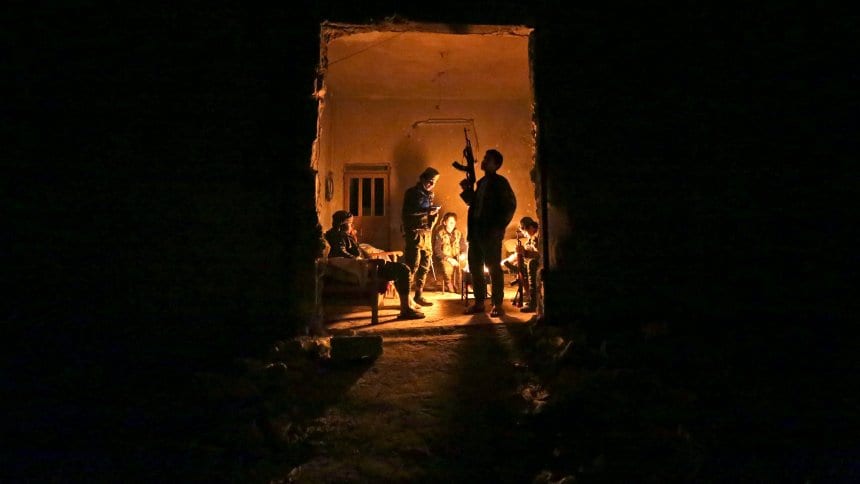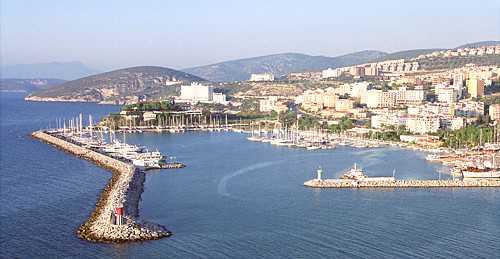Amanda Macias@amanda_m_macias
- The U.S. wars in Afghanistan, Iraq, Syria and Pakistan have cost American taxpayers $5.9 trillion since they began in 2001.
- The figure reflects the cost across the U.S. federal government since the price of war is not borne by the Defense Department alone.
- The report also finds that more than 480,000 people have died from the wars and more than 244,000 civilians have been killed as a result of fighting. Additionally, another 10 million people have been displaced due to violence.

WASHINGTON — The U.S. wars and military action in Afghanistan, Iraq, Syria and Pakistan have cost American taxpayers $5.9 trillion since they began in 2001, according to a new study.
That total is almost $2 trillion more than all federal government spending during the recently completed 2017-18 fiscal year.
The report, from Watson Institute of International and Public Affairs at Brown University, also finds that more than 480,000 people have died as a direct result of fighting. Over 244,000 civilians have been killed. Another 10 million people have been displaced due to violence.
The $5.9 trillion figure reflects the cost across the U.S. federal government since the price of war is not borne by the Defense Department alone, according to Neta Crawford, the study’s author.
In addition to the money spent by the Pentagon, Crawford says the report captures the “war-related spending by the Department of State, past and obligated spending for war veterans’ care, interest on the debt incurred to pay for the wars, and the prevention of and response to terrorism by the Department of Homeland Security.”
It breaks down like this, according to Crawford and the report:
- Total U.S. war-related spending through fiscal year 2019 is $4.9 trillion.
- The other $1 trillion reflects estimates for the cost of health care for post-9/11 veterans.
- The Department of Veterans Affairs will be responsible for serving more than 4.3 million veterans by 2039.
What’s more, longer wars will also increase the number of service members who will ultimately claim veterans benefits and disability payments.
The U.S. government spent $4.1 trillion during fiscal year 2018, which ended Sept. 30, according to the Treasury Department.
The Defense Department accounted for 14.7 percent of that, and the Department of Veterans Affairs accounted for 4.4 percent.
Correction: This story has been updated to reflect that the cost has been $5.9 trillion, according to the study.


